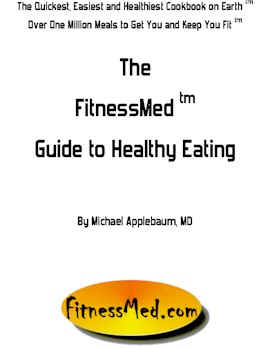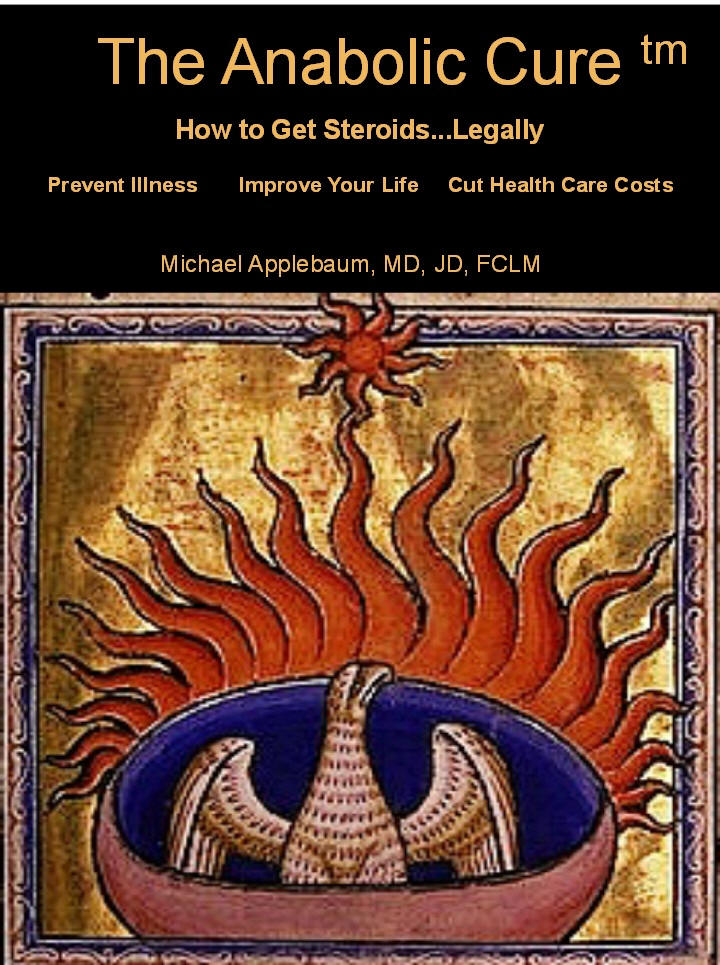In testing older patients' blood vitamin D levels, there's uncertainty about where the dividing line falls between enough and not enough. The threshold amount has become controversial as several scientific societies set different targets.Optimum is a lagging indicator.
To help resolve this debate, University of Washington researchers conducted an observational study. They wanted to learn how much vitamin D must be circulating in the blood to lower the risk of a major medical event. This category included heart attack, hip fracture, diagnosis of cancer, or death.
It is always after the fact.
This article, like so many about the cure du jour, is bulls**t.
And so is the research upon which it claims to be based.








No comments:
Post a Comment